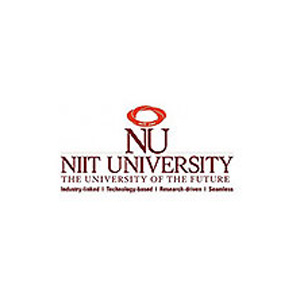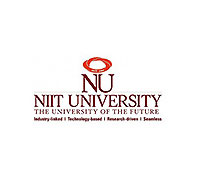
Eminent Personality- Dr. MSY Prasad

Dr. MSY Prasad, former Director, Satish Dhawan Space Centre (SHAR), Indian Space Research Organisation visited NIIT University on 14th Sep 2016. He was awarded the Padma Shri in 2014.
He began with an oral introduction about the purposes of launch vehicles which carry satellites, satellites which carry the required payload and the payload which has to perform the intended task. It covered various noise propagation aspects which affect satellite antennas. These include absorption of satellite signals in the higher atmosphere, attenuation (i.e. loss of intensity) due to rainfall and scintillation caused by rare solar events, such as coronal mass ejections, which damages onboard electronic equipment. Other sources contributing to sky noise include depolarization, which causes erroneous data recording. This depolarization can be caused by the atmosphere and the Faraday effect. The session then transitioned to antenna gain patterns, which are used to enhance the power given to the antenna. For better understanding of the topic he utilized various equations pertinent to antenna gain which included the physical dimensions of the antenna aperture. This was followed by slides on dual reflector systems, which takes in two electromagnetic waves and focuses them into a stronger output wave. He concluded the session by discussing more transmission equations, which involved power gain, flux density of the satellite transponder, carrier power received at the antenna and the carrier power loss experienced at the satellite antenna. The equations were supplemented with real-world examples with usable numerical values, which gave relevant context to these equations. The session became all the more interesting as he shared pertinent incidents that he had in his 35 years of work at ISRO.




